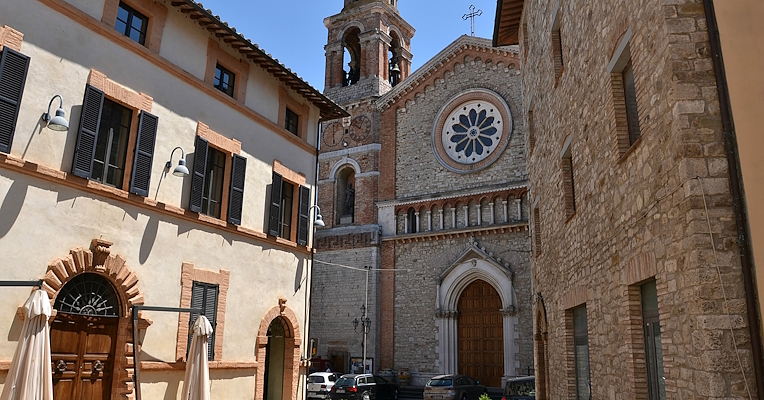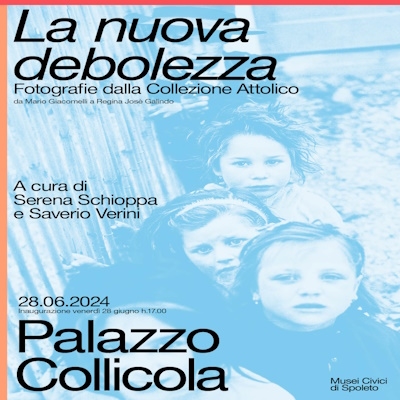Marsciano, an Umbrian town renowned for its production of bricks and terracotta, holds a hidden treasure: Gerardo Dottori's mural paintings, which narrate the beauty and culture of the region. Many of the artist’s works are preserved here, including a votive shrine on Via XXIV Maggio, paintings at Palazzo Battaglia, Villa Cavalletti (formerly Villa Cruciani), and other works in Monte Vibiano Vecchio and Compignano. These paintings, while tied to Futurist decorative motifs, reveal the artist’s deep connection to the Umbrian land, evoking gentle hills, vibrant colors, and naturalistic scenes.
Gerardo Dottori Three Days Traveling Through the Futurist Essence of Umbria day 3 - Gerardo Dottori Three Days Traveling Through the Futurist Essence of Umbria day 3

Cultura Art in Umbria
Art in Umbria
Gerardo Dottori: Three Days Traveling Through the Futurist Essence of Umbria
6017635 Art in Umbria Gerardo Dottori: Three Days Traveling Through the Futurist Essence of Umbria Art in Umbria Cultura 1
Day Three: The Mural Painting Itinerary in Marsciano
Monte Vibiano Vecchio

Marsciano

























